
Amidst the modern pace of life, the familiar sounds of bamboo comb making still resound in every small house in Vac village (Thai Hoc commune, Binh Giang district, former Hai Duong province, now Duong An commune, Hai Phong city), reminding us of a traditional craft that once made this land famous.
A time of glory in the comb profession
Coming to Vac village, following the quiet village road, we listened to the familiar sounds of bamboo tapping, grinding machines, and the lively chatter of craftsmen. There, the family of Mrs. Nhu Thi Ut, 56 years old, has been making combs every day for more than 40 years. Her calloused hands, nimbly splitting bamboo, pulling edges, and weaving combs, all exude the skill and patience of the craftsperson.
“In the past, our village had a whole market that only sold combs, called Luoc market. The market was held on the 3rd, 5th, 8th, and 10th days of the lunar calendar, and was very busy. People brought bamboo, soaked bamboo, and lacquer from the forest, others brought combs to sell, and traders from everywhere came to collect goods. The market only sold combs and comb-making materials, and no other products. Now that market no longer exists, only the sound of combs still echoes,” Mrs. Ut said.
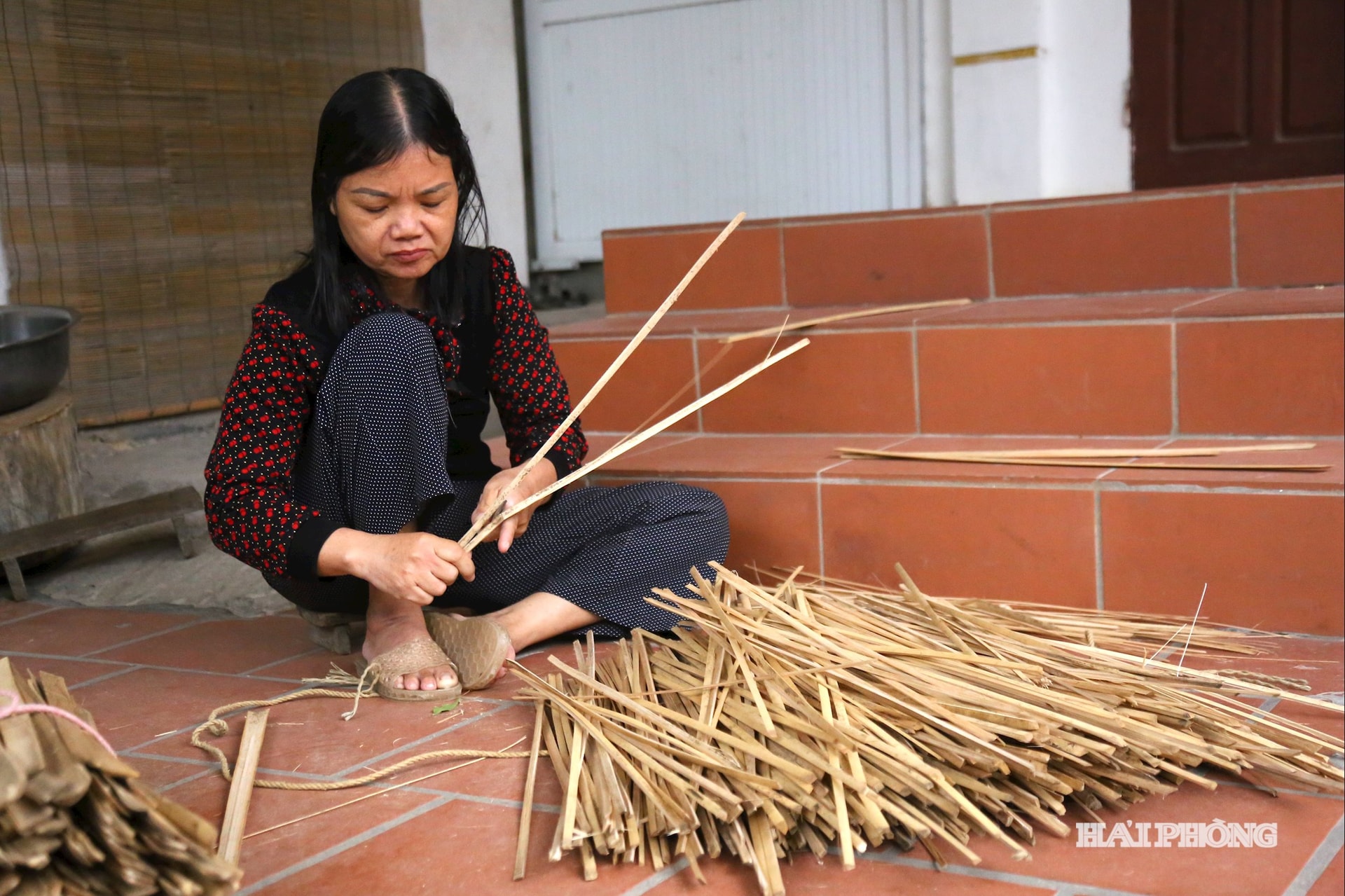
To create a complete bamboo comb, the craftsman must go through many stages: splitting bamboo strips, pulling edges, pulling strips, weaving combs, attaching, grinding, and removing husks... Each day, he can only do one stage, and it takes many days to have a complete product. Mrs. Ut said: "When I was a child, I only did the comb weaving stage to help adults. Doing other stages could easily cut my hands. Now, each month, I make more than 1,000 combs, and sell them wholesale for 6,000 VND each." She said that not many people follow this profession anymore. Young people have all gone to work for companies, only middle-aged and old people still keep the profession.
According to history books, Doctor Nhu Dinh Hien (1659 - 1716), a native of Vac village, passed the Huong Cong exam at the age of 17, passed the Doctorate exam at the age of 22 and then became an official. During his time as an envoy to China (1697 - 1700), he learned the craft of making bamboo combs and brought them back to teach the villagers. Since then, comb making has become the pride of the people of Vac village.
Nhu Dinh family temple, the place to worship the founder of the craft, was recognized as a national historical relic in 1993. In 2009, Vac village was recognized by Hai Duong Provincial People's Committee as a traditional craft village for making bamboo combs.
Comb making involves 36 steps from forming the bamboo to finishing. Now, thanks to machines, the process is shortened but still retains its inherent sophistication.
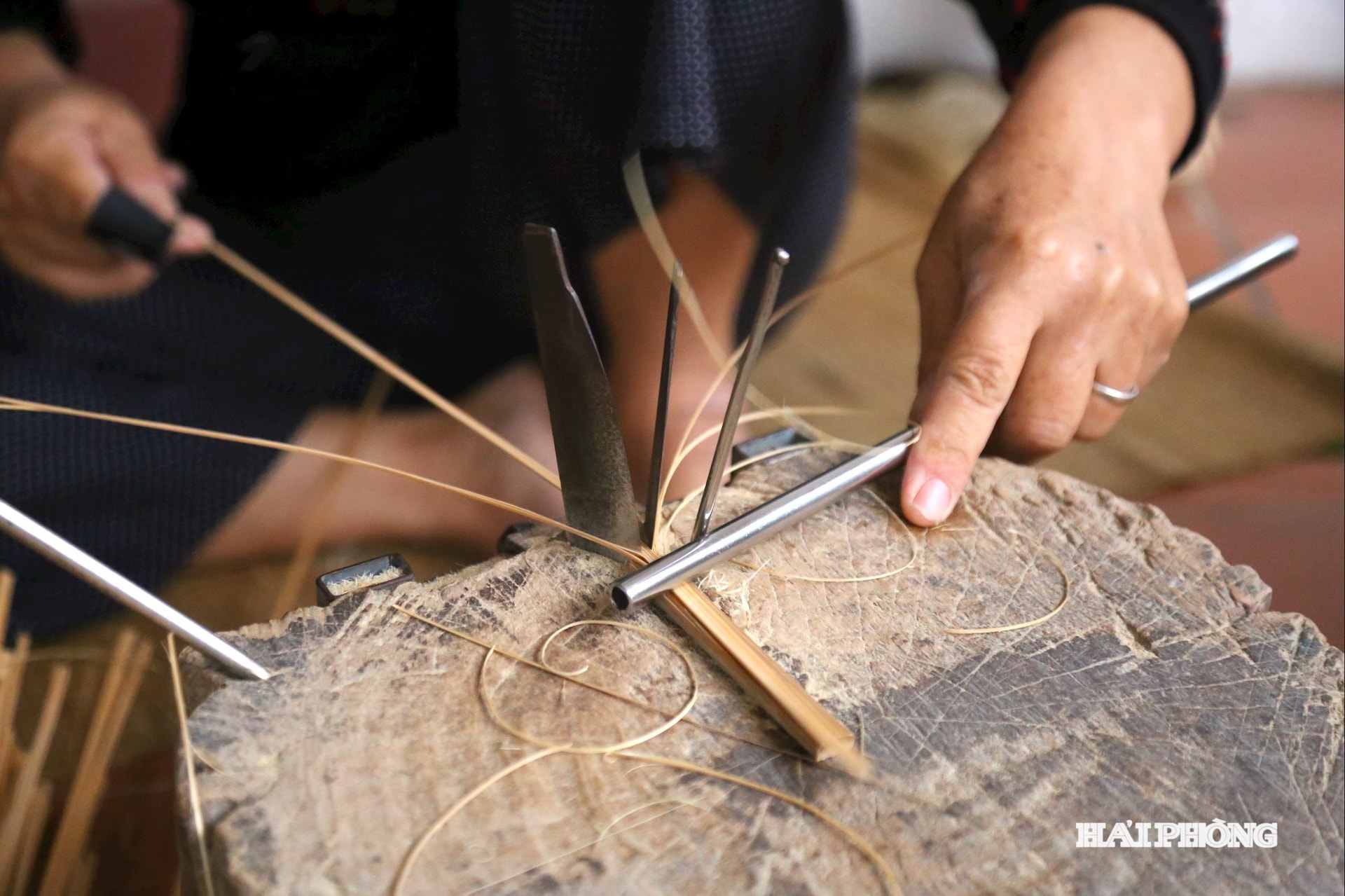
Mrs. Ut said: “In the past, making combs was very hard work. Now, there are machines to help, but in the past, it was all done by hand.” According to her, the villagers started using machines about 20 years ago. However, the meticulous steps such as weaving combs and applying paint still have to be done by hand to ensure accuracy.
Preserving the profession, preserving memories of the homeland
Mr. Nhu Dinh Phu, Party Cell Secretary and Head of Vac Village, said: “In the past, there were about 800 comb-making households in the village, but now there are only more than 250 households left. Of these, about 165 households have machines, the rest work on a small scale. Many young people have quit their jobs to work for companies.”
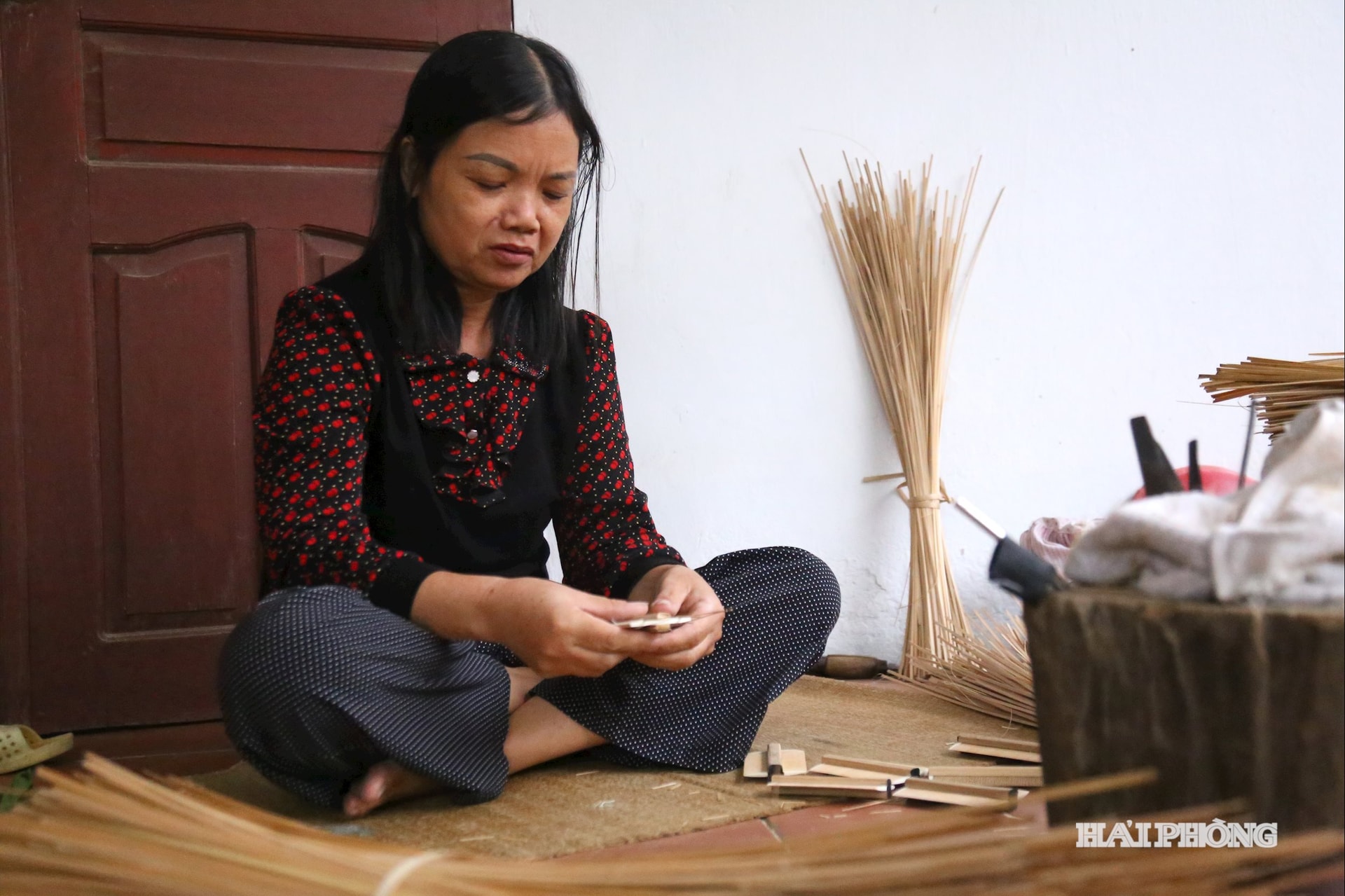
The age group currently working in this profession is mainly middle-aged people, farmers who take advantage of their free time. Income is not high, each household earns an average of only 3.5 - 4.5 million VND/month, depending on the type of comb. A beautiful comb costs 40,000 VND, an average comb costs 20,000 - 25,000 VND, and a cheap one costs 10,000 VND. The products are sold in markets in the North, mainly Dong Xuan market (Hanoi).
During its heyday, from 1975 to 1990, the whole village produced up to 9 million combs each year, with nearly 30 big bosses specializing in this product. At that time, thanks to the comb making business, every family had enough to eat, many families even built houses and bought motorbikes.
Bamboo combs from Vac village used to be sold throughout the North and South, even to Cambodia. But when the economy developed, plastic combs and horn combs were invented, shampoo became popular, the demand for lice combs decreased sharply, and the traditional craft gradually disappeared.
Nowadays, walking along the road of Vac village, only occasionally can you hear smoke from the kitchen and the sound of combs being knocked in a few old houses. The people mused: “In the past, every house made combs. Nowadays, how many people with lice still use bamboo combs?”
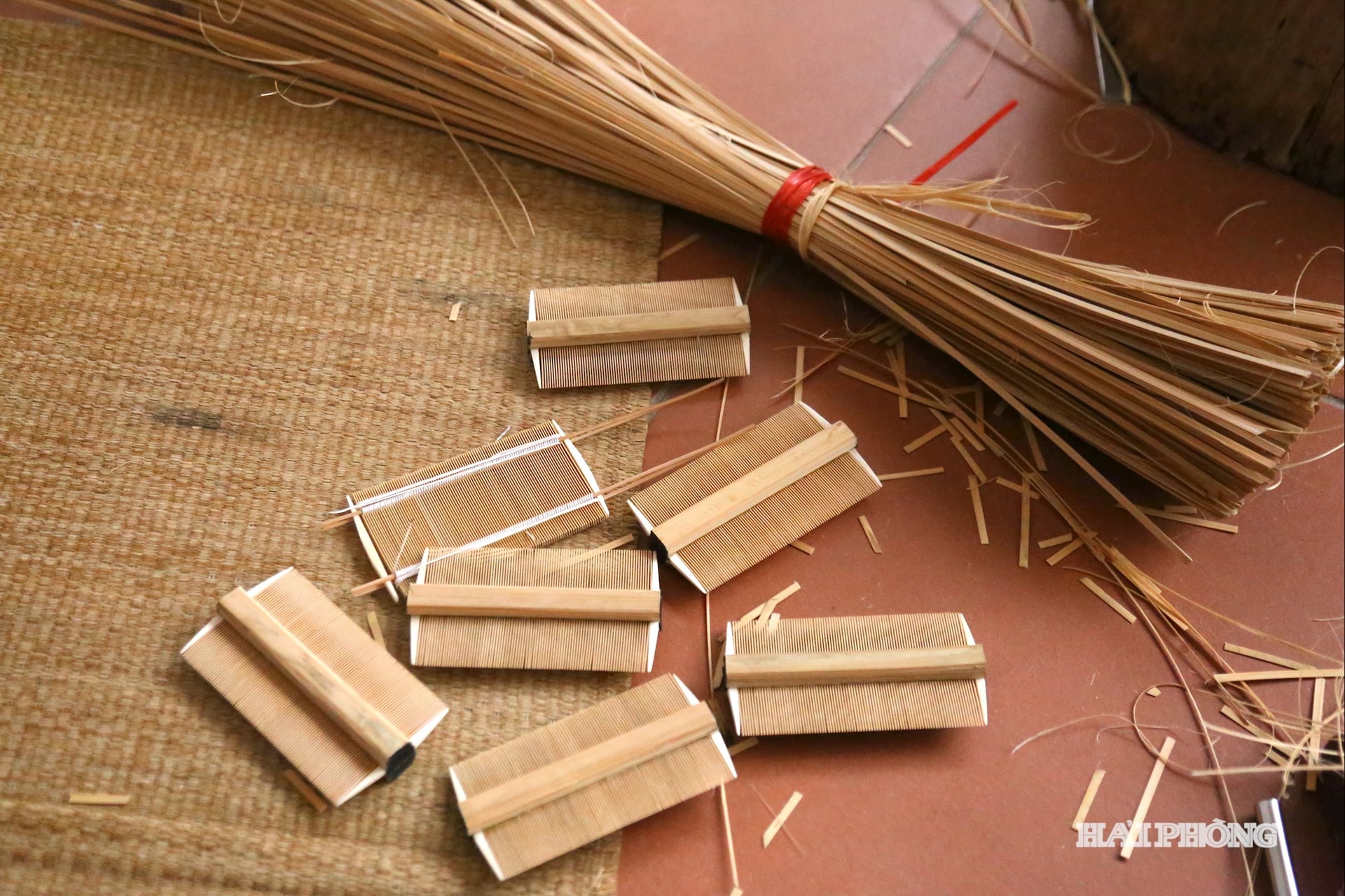
However, amidst the changes, the profession has not died out. People like Mrs. Ut still quietly preserve the profession with love for their homeland’s traditions. “As long as there are people doing the work, the profession will continue,” Mrs. Ut said.
In 2024, Vac village bamboo comb products will be recognized as 3-star OCOP. Although the production scale is no longer the same as before, for the people here, it is a source of pride.
The sound of "com cop" from diligent hands still echoes every day in Vac village, proving the love of work and the desire to preserve traditions of the people of Vac village.
PHUONG LINHSource: https://baohaiphong.vn/giu-gin-luoc-tre-lang-vac-526502.html







![[Photo] General Secretary To Lam visits Long Thanh International Airport Project](https://vphoto.vietnam.vn/thumb/1200x675/vietnam/resource/IMAGE/2025/11/13/1763008564398_vna-potal-tong-bi-thu-to-lam-tham-du-an-cang-hang-khong-quoc-te-long-thanh-8404600-1261-jpg.webp)
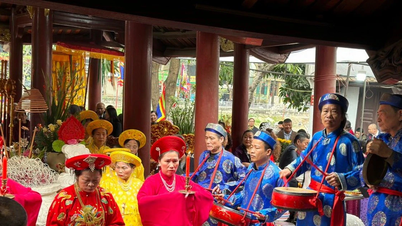








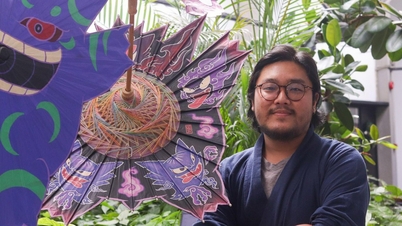






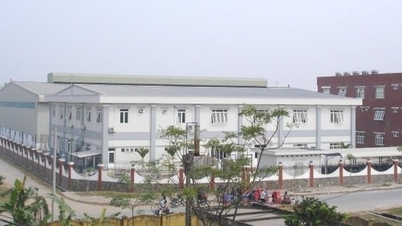











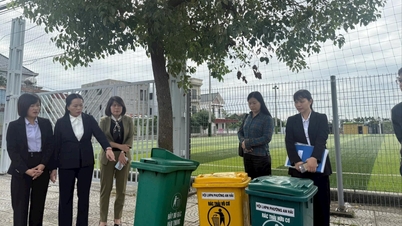





























































![Dong Nai OCOP transition: [Article 3] Linking tourism with OCOP product consumption](https://vphoto.vietnam.vn/thumb/402x226/vietnam/resource/IMAGE/2025/11/10/1762739199309_1324-2740-7_n-162543_981.jpeg)







Comment (0)